How was the digitization of the skeleton of Inia geoffrensis
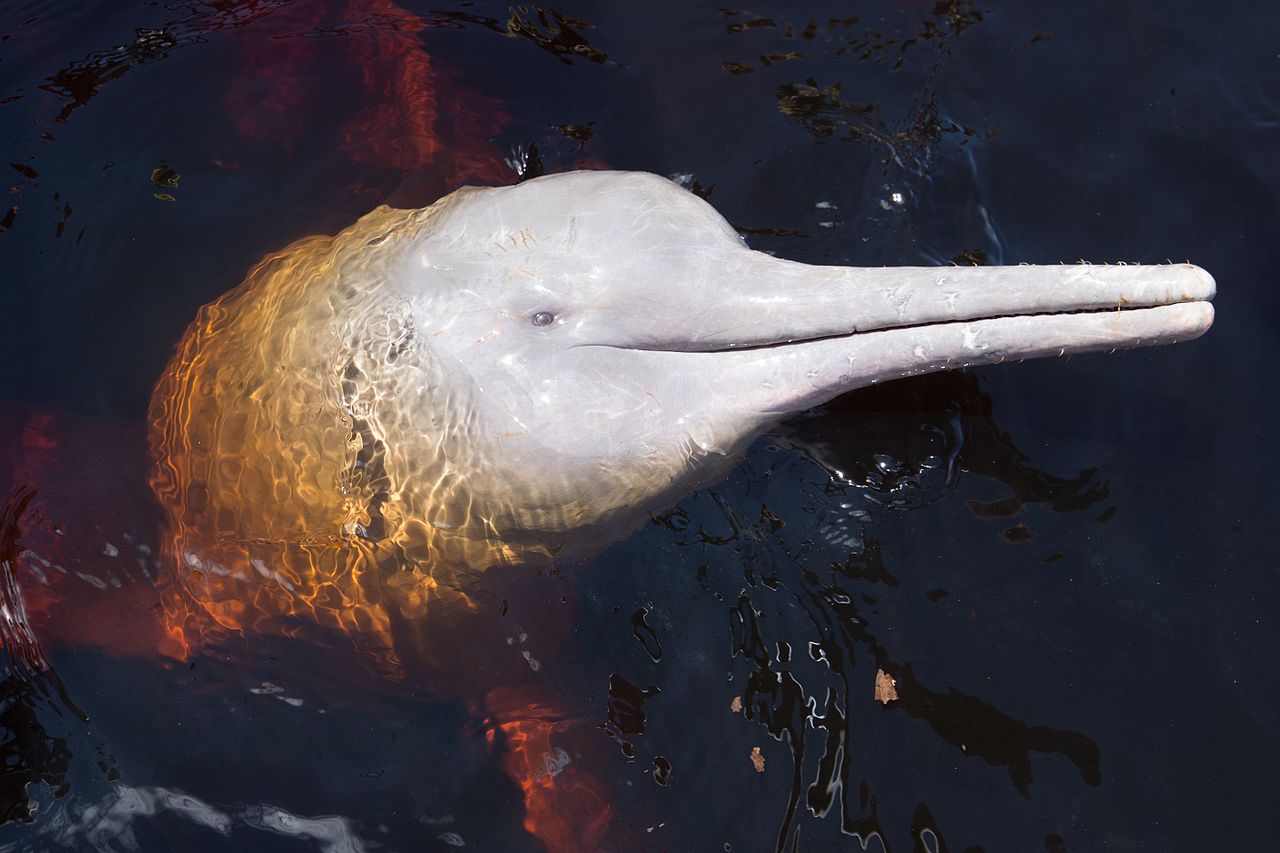 The main purpose of this project is to facilitate the access and visibility of bone material for use by students, teachers, medical examiners, forensic experts, and experts in zoology, veterinary medicine, paleontology, archeozoology, among others. On the other hand, access to different scientific or historical collections that are an important and interesting part of our heritage is limited, and for safety or conservation reasons, they are not physically exposed to the public. It would therefore be desirable to increase their visibility and diffusion. The work presented here is a more extensive step to that already given, showing the possibilities of applying this methodology to different species of the collections of the Biological Station of Doñana-CSIC.
The main purpose of this project is to facilitate the access and visibility of bone material for use by students, teachers, medical examiners, forensic experts, and experts in zoology, veterinary medicine, paleontology, archeozoology, among others. On the other hand, access to different scientific or historical collections that are an important and interesting part of our heritage is limited, and for safety or conservation reasons, they are not physically exposed to the public. It would therefore be desirable to increase their visibility and diffusion. The work presented here is a more extensive step to that already given, showing the possibilities of applying this methodology to different species of the collections of the Biological Station of Doñana-CSIC.
The pink river dolphin or Inia geoffrensis has been chosen for this project to include in the digitized collection the second skeleton from the American continent. With previous projects such as the Iberian Lynx or the Imperial Iberian Eagle, we want to broaden the interest of all Spanish-speaking audiences and spheres.
This project has been possible thanks to an aid for activities of scientific dissemination of the Vicerrectorado of Investigation granted to Juan Francisco Beltrán and has been realized jointly by BioScripts and the Department of Zoology of the Universidad de Sevilla, on material of the collections of the Estación Biológica de Doñana - CSIC.
Techniques & Methods
1) The choice of specie and specimen
After examining a series of copies of the collection of Estación Biológica de Doñana (EBD-CSIC), Juan Francisco Beltrán selected a skeleton for its revision. The complete digitization was performed on the EBD 22170 specimen, whose skeleton was incomplete. It is a possible young male who died in July 1988. Due to the place of origin, Mantecal (Venezuela), we could say that it is a pink dolphin of the Orinoco (Inia geoffrensis humboldtiana).
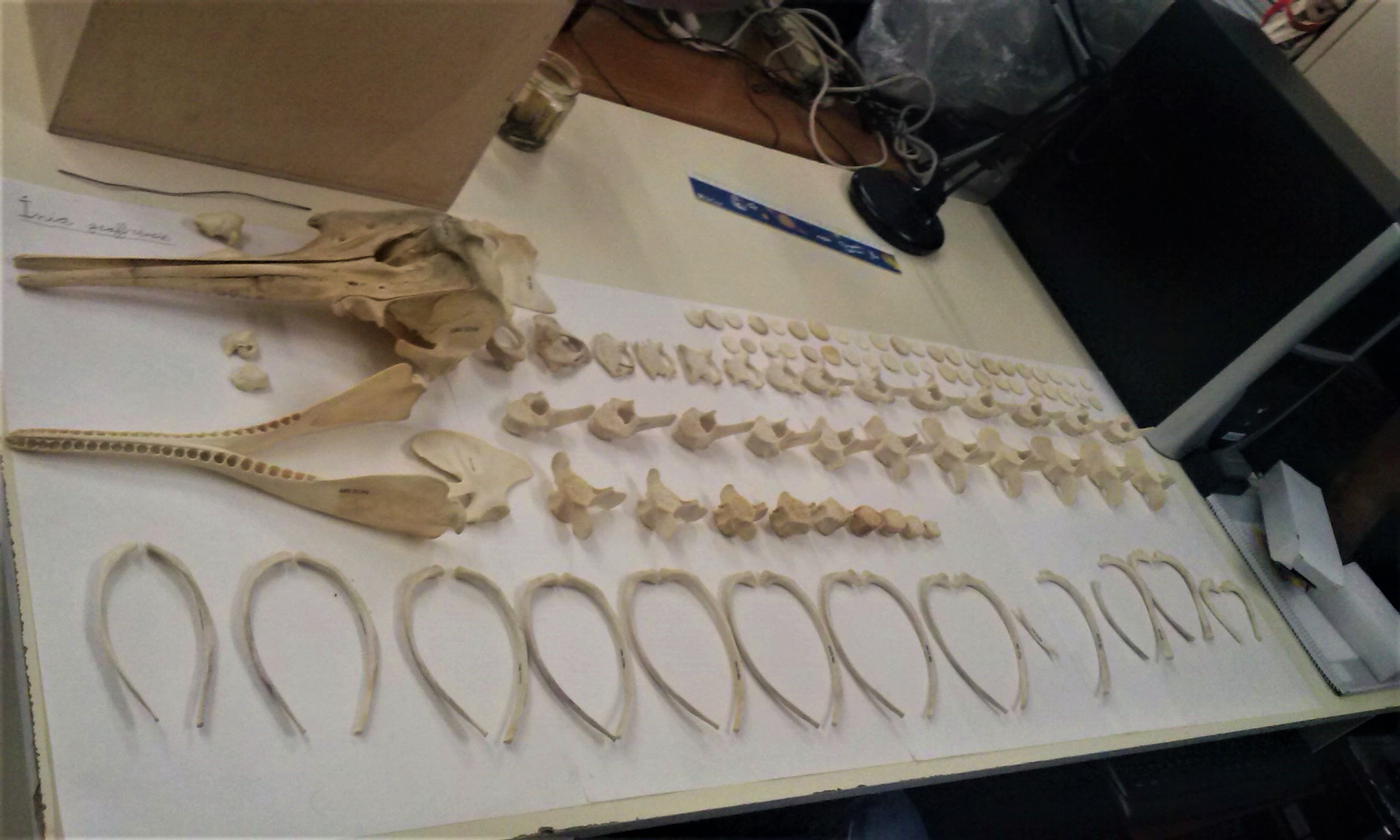
2) Phase of photography and measurement
A Nikon D300 camera with a Nikkor 105mm f / 2.8 D AF Micro lens was used for shooting. The same dark chamber was used that was used for the digitization of the Imperial Iberian Eagle with a light configuration in which a right main source and a left reflector were used for complete illumination of the bone.
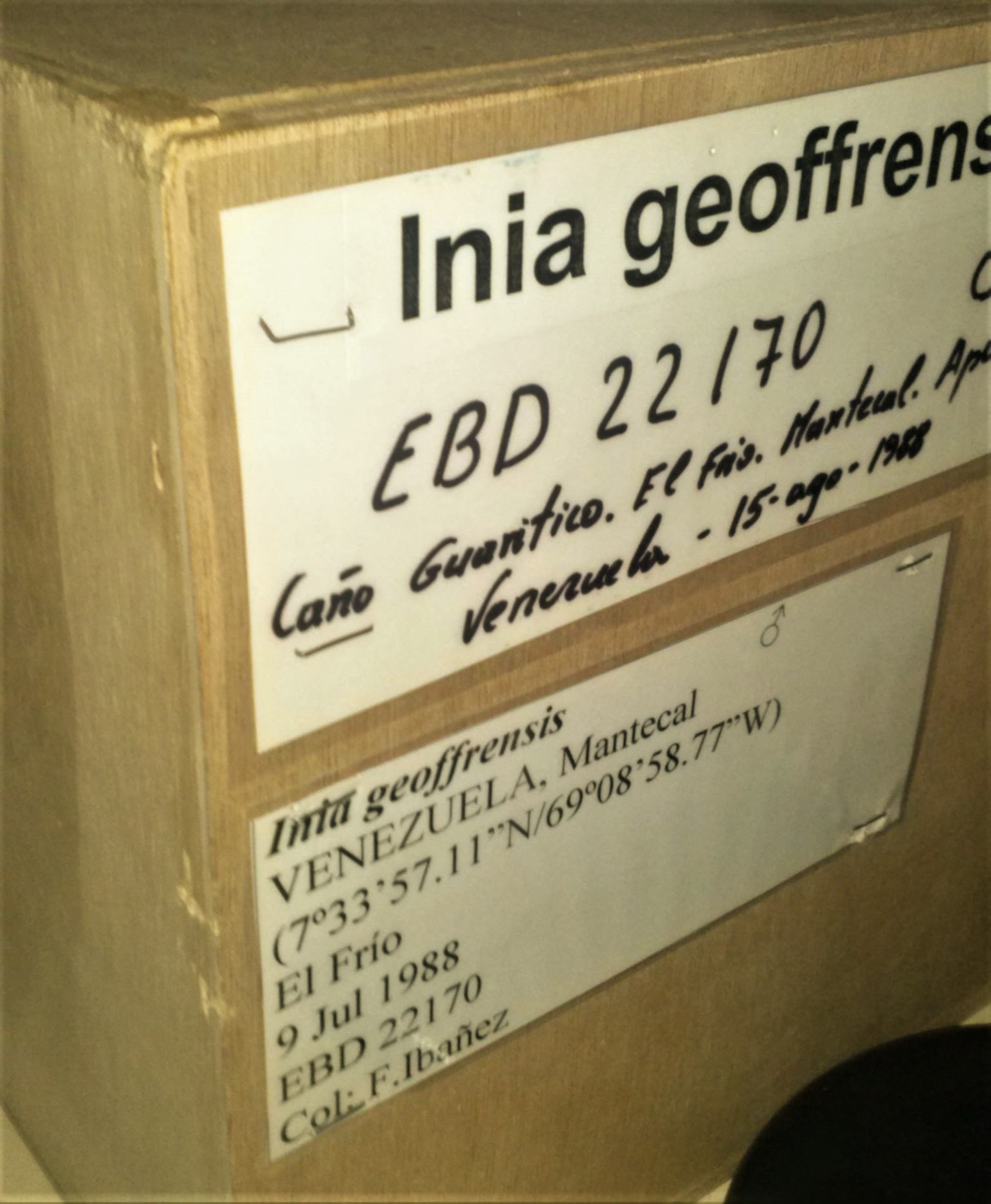
Finally the photos were processed for the correct visualization of the photos, besides the removal of the supports or backgrounds.
The number of photographs per turn was maintained for the Iberian lynx, so 50 photos were taken per turn of each of the 52 digitized bones. To this were added 6 standard photographs as they were indicated in the reference book "A guide to the measurement of animal bones from archaeological sites" (Von Den Driesch, 1976). This book was also taken as a reference of the measures that would be necessary to show in the bones.
Measurement was performed manually using a 0.01 mm precision digital Mitutoyo caliper. Finally, a database was made showing the names, their abbreviation and the value of the measure.
3) Design and implementation of the database and the web
For the organization of all the data taken, it is decided to use a MySQL database, with several tables:
- - Information board of each bone (82 records) where the names are stored in English and Spanish.
- - Landmarks table (or points of measurement) where information was stored for each of the points from which measurements were taken on each of the bones.
- - Finally, table of measures, where the measures were saved and the extent to which the measure was taken.
These three tables are related to each other to combine all the data. Once the photos were taken and the database was organized, we proceeded to the realization of the web page in PHP, HTML and CSS (and using the MySQL database).
The web page shows a main page where you can see the complete dolphin skeleton. By clicking on the bone image itself you can navigate to groups of bones or the desired bone. From this screen we redirect to the information sheet of each of the bones where several sections are represented, which are explained below.
- Section 360: In this first section you can see the 360º view of the chosen bone.
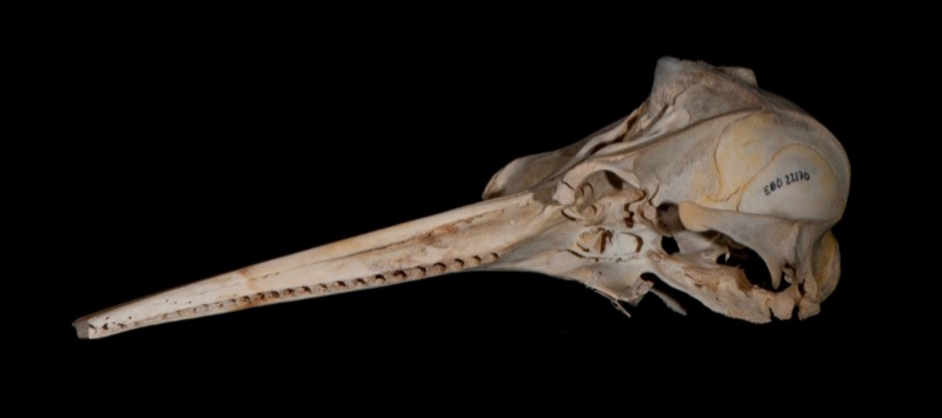
- Standard view section: Below you can see the six standard photos taken from each bone. Clicking on each one shows a window where you can see the view with the different measurements taken on the bone, next to its name.
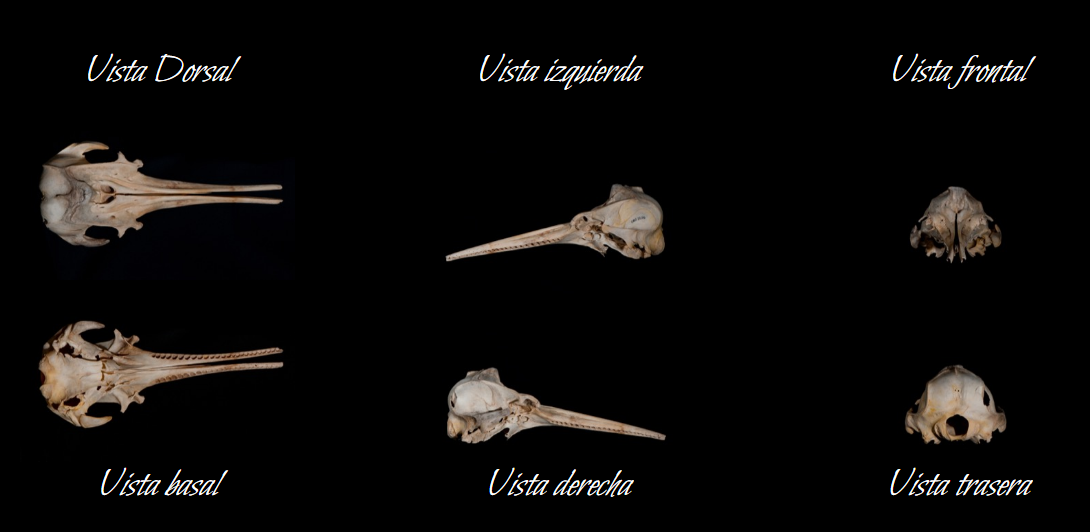
- Measurement section: This section shows a table of each of the measures taken. Clicking on the end link loads the image and the measurement with its measurement points, for a correct visualization.
Results and Discussion
The digitization of the skeleton of the Inia geoffrensis is presented in WEB format, encompassed in a larger project called The virtual museum of life. This time the digitization of a skeleton has been carried out as it is found in the collections of the Biological Station of Doñana-CSIC.
Potential applications for digitizing the skeleton of the Inia geoffrensis are very diverse, affecting fields and audiences seemingly different but sharing the same interest in biology. In the first place, the deposited information is a valuable didactic tool for university or secondary teaching. On the other hand, by incorporating standard measures and the possibility of seeing the bones in 360º, they have applications in the fields of veterinary medicine, forensic investigation and archeozoology, among others.
In addition, the techniques developed can be translatable to other areas such as archeology, digitization of scientific collections in general (herbaria, insects, malacology, etc ...) and objects whose 360º vision would allow an improved vision, avoiding possible risks of deterioration in handling Of the specimens.
This project confirms once again that thanks to information and communication technologies (ICT) it is now possible to realize the value of scientific collections and resources inaccessible to the general public, without a high investment of resources, including economic resources.